Mission Critical Plate Carrier Accessories & Attachments
In the field, many people using tactical plate carriers rely on their ability to store useful accessories, as well as provide ballistic protection. These additional accessories can be attached to a plate carrier to enhance its functionality and performance. When it comes to accessories, there are many options available to help ensure the success of the mission.
Plate carrier accessories that help mission success:
The best plate carrier accessories should enhance protection, mobility, and operational efficiency. Whether you’re in law enforcement, military operations, or personal defense, having the right tools on your plate carrier is essential.
Body Armor Plates: These are the most essential part of a plate carrier, providing ballistic protection to the wearer. Body armor plates are placed in the front and back pocket of the plate carrier, as well as in the cummerbund if the plate carrier has the capability. Premier Body Armor offers both Level 3 and Level 4 body armor plates, perfect for use with any standard plate carrier.
Trauma Pads: These can be added behind the armor plates to absorb impact and reduce the risk of injury. When worn properly, trauma pads can prevent bruising at points of impact.
Cooling Shirt: While not attached to the carrier itself, this item helps regulate body temperature during high-intensity operations, keeping you cool and comfortable. Usually made of a lightweight, sweat wicking material, a cooling shirt can go a long way in hot or humid environments.
MAAP Pouch: The Medical Admin Assault Pouch (MAAP) is a versatile pouch that is used to carry a wide range of equipment, including magazines, medical supplies, and communication gear.
Carbine Magazines: Carbine magazines allow the wearer to carry additional ammunition for their primary weapon.
Pistol Magazines: Pistol magazines provide additional ammunition for a secondary weapon, such as a handgun.
Knife: Knives are a valuable tool for cutting through obstacles and performing emergency medical procedures. It can also serve as a weapon if necessary.
Flashlight: This accessory provides illumination in low-light environments and can be essential for navigation and situational awareness.
IFAK: The Individual First Aid Kit (IFAK) is a medical kit attachment that contains essential supplies for treating injuries in the field.
Tourniquet: A tourniquet is a piece of life-saving equipment that puts pressure on a limb or extremity in order to stop the flow of blood in emergency situations where severe bleeding may be fatal.
Medical Shears: These are specialized scissors that can be used to cut clothing and other materials to access wounds or remove obstacles. They are typically more robust than kitchen scissors as they need to cut thicker materials such as rope or gauze.
Comms Gear with PTT: Communication gear, such as radios, with the push to talk (PTT) feature are relied upon in the field due to convenience and the tactical advantage.
Pistol: This provides a secondary weapon option in situations where one might be necessary, such as being disarmed or without ammunition in the primary weapon.
Multi-Tool: A multi-tool comes in handy in a variety of situations, and often features tools such as a knife, scissors, bottle opener, screwdriver heads, and saw blade.
Flex Cuffs: Flex cuffs are a cheaper, single use alternative to traditional metal handcuffs made of plastic and secured with a zip tie like mechanism.
Navigation: Navigational tools such as a compass, map, or GPS are necessary to ensure the user can find their way and avoid getting lost.
IR Markers / Chem Lights: Infrared markers (IR) and chem lights are used to mark locations, designate targets, or signal for help in low-light situations.
Backup Batteries: These are important because they ensure that electronic equipment, such as radios and flashlights, can stay powered during extended missions.
Carabiner: This allows you to clip equipment or pouches to your plate carrier or other gear for easy access. They can also be used to secure oneself to a line or anchor if properly rated for such use.
Combat Gloves: Combat gloves provide protection for the wearer's hands and increase grip, making it easier to handle equipment and perform tasks in combat.
Plate carrier attachments to keep your gear organized:
In addition to accessories that enhance mission success, there are also plate carrier and chest rig attachments that can help keep your gear organized and easily accessible. Organizational equipment allows for the aforementioned attachments to be organized and easily switched out if necessary. Some useful attachments include:
Magazine Pouches: These are pouches that can be attached to the plate carrier to hold additional carbine magazines for your primary weapon.
Water Bladder: A water bladder is useful in situations where one may be without water for an extended period of time. Some water bladders even feature a straw so they can be accessed on the go.
Radio Pocket: This is a pouch that can be attached to the plate carrier to hold a radio or other communication device.
Tourniquet Holder: This provides a designated spot to store a tourniquet and other medical equipment for quick access in an emergency.
Cable Management: Fixtures that help keep cables and wires organized to prevent them from getting tangled or caught on equipment during use.
Dump Pouch: This is a pouch that can be used to quickly and easily store used magazines, trash, or other equipment that cannot be returned to its original place.
By adding these plate carrier attachments to your gear, you can stay organized and ready for any situation that may arise
How to Mount Gear to a Plate Carrier:
It is important to make sure mission-critical gear is securely mounted and easily accessible when needed. Attachment methods include:
- MOLLE Webbing – The gold standard for mounting tactical gear, MOLLE allows for modular customization of pouches, mag carriers, and admin kits.
- Velcro Panels – Fast and adjustable, Velcro-backed attachments provide quick-access storage for admin pouches and medical gear.
- G-Hooks & Clips – Secure pouches or hydration bladders using G-hooks, carabiners, or clips for extra stability.
- Belt Clips & Snap Buttons – Some accessories, such as tourniquet holders and radio pouches, feature snap closures or clip attachments for ease of use.
To maintain efficiency in the field, it’s important to arrange your gear intuitively. Weapon magazines, medical pouches, and communication equipment should be placed where they can be accessed without hesitation.
How to Mount Gear with MOLLE Webbing:
MOLLE webbing is a system of webbing loops that allows for the attachment of modular pouches and accessories to a plate carrier or other gear. To mount gear with MOLLE webbing:
- Choose the appropriate pouch or MOLLE strap accessories.
- Align the MOLLE straps on the back of the pouch with the MOLLE loops on the plate carrier.
- Secure the pouch by threading the MOLLE straps through the MOLLE loops and fastening them with the snaps or buckles.
How to Mount Gear with Velcro:
In addition to a MOLLE system, many plate carriers have Velcro on the back, allowing for easy attachment and removal of gear. To mount gear with Velcro:
- Choose the appropriate pouch or accessory with Velcro on the back.
- Align the Velcro on the back of the pouch with the Velcro on the plate carrier.
- Press the pouch onto the plate carrier to make sure the Velcro is securely attached.
Other Ways to Attach Plate Carrier Accessories:
In addition to MOLLE webbing and Velcro, there are other ways to attach plate carrier accessories. These include
- G-Hooks: These are metal hooks that can be used to attach pouches and accessories to the plate carrier.
- Belt Clips: Some pouches and accessories come with belt clips that can be attached to the plate carrier.
- Snap Buttons: Some pouches and accessories have snap buttons that can be used to attach them to the plate carrier.
- Zip Ties: Zip ties can be used to secure pouches and accessories to the plate carrier, although this method is not as versatile as MOLLE webbing or Velcro.
When choosing an attachment method, consider the weight and size of the accessory, as well as the amount of stress it will be under during operations. Some accessories may require more secure attachment methods than others.
How to Choose Plate Carrier Accessories:
Selecting the best plate carrier accessories depends on your role, mission type, and environment. Whether you’re military personnel, law enforcement, or a prepared civilian, your must have plate carrier accessories should enhance survivability, efficiency, and comfort.
Key Considerations for Plate Carrier Accessories:
- Mission-Specific Needs – Tactical gear setups vary between combat operations, security details, and training exercises. Determine whether you need armor plates, medical pouches, or extra ammunition storage.
- Weight vs. Mobility – A heavily loaded plate carrier can hinder agility. Choose lightweight and essential attachments to maintain combat readiness.
- Compatibility & Mounting – Verify that your plate carrier is MOLLE-compatible and that your chosen gear integrates seamlessly.
- Durability & Quality – Tactical gear must withstand harsh conditions. Look for high-denier nylon, reinforced stitching, and impact-resistant materials. If necessary for your environment, waterproof or water resistant materials are also important.
- Accessibility & Organization – Your plate carrier setup should allow for fast access to critical gear, such as tourniquets, spare magazines, and comms equipment.
Strategically choosing your plate carrier accessories ensures that your plate carrier supports mission success, whether you’re in combat, law enforcement, or self-defense situations.

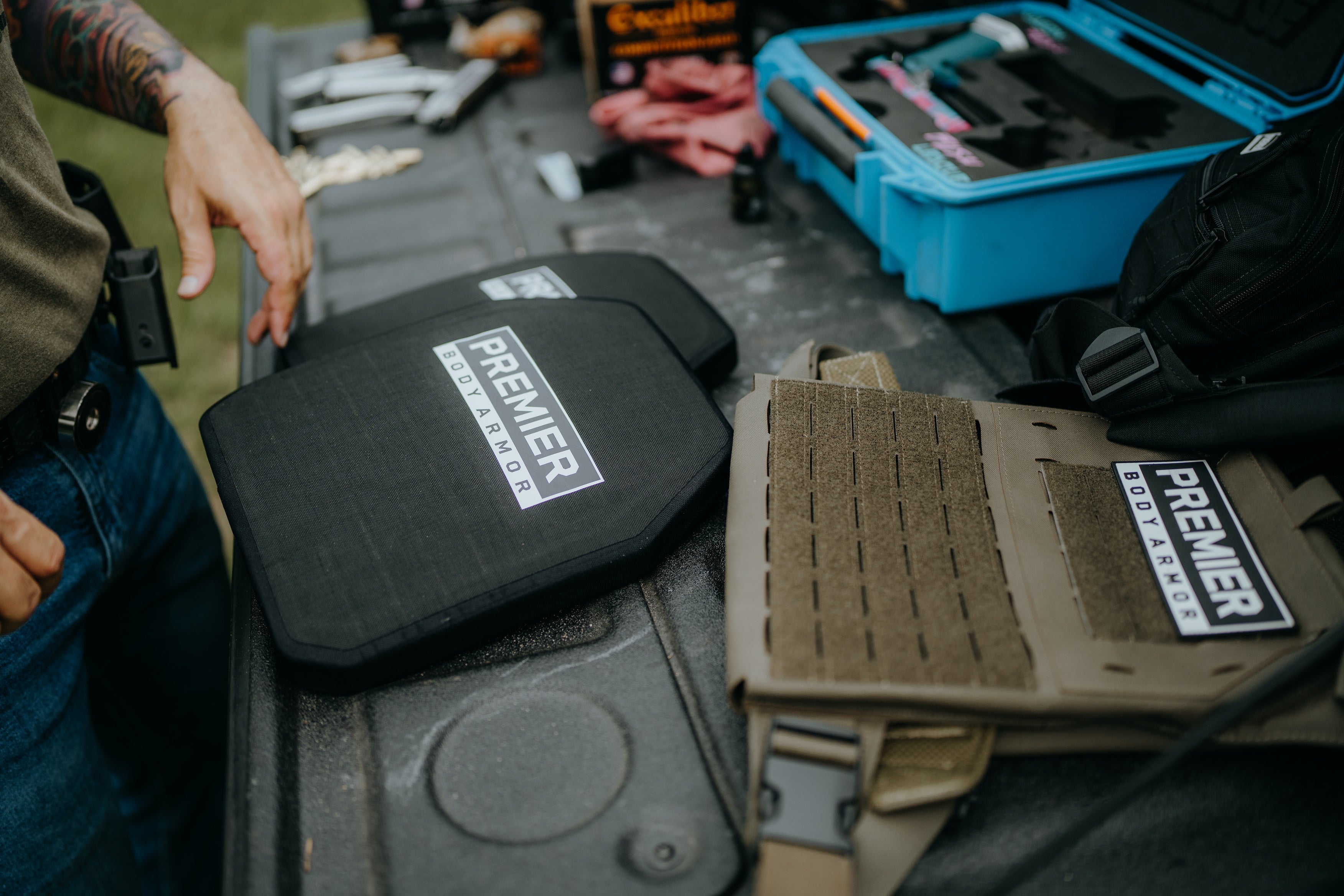
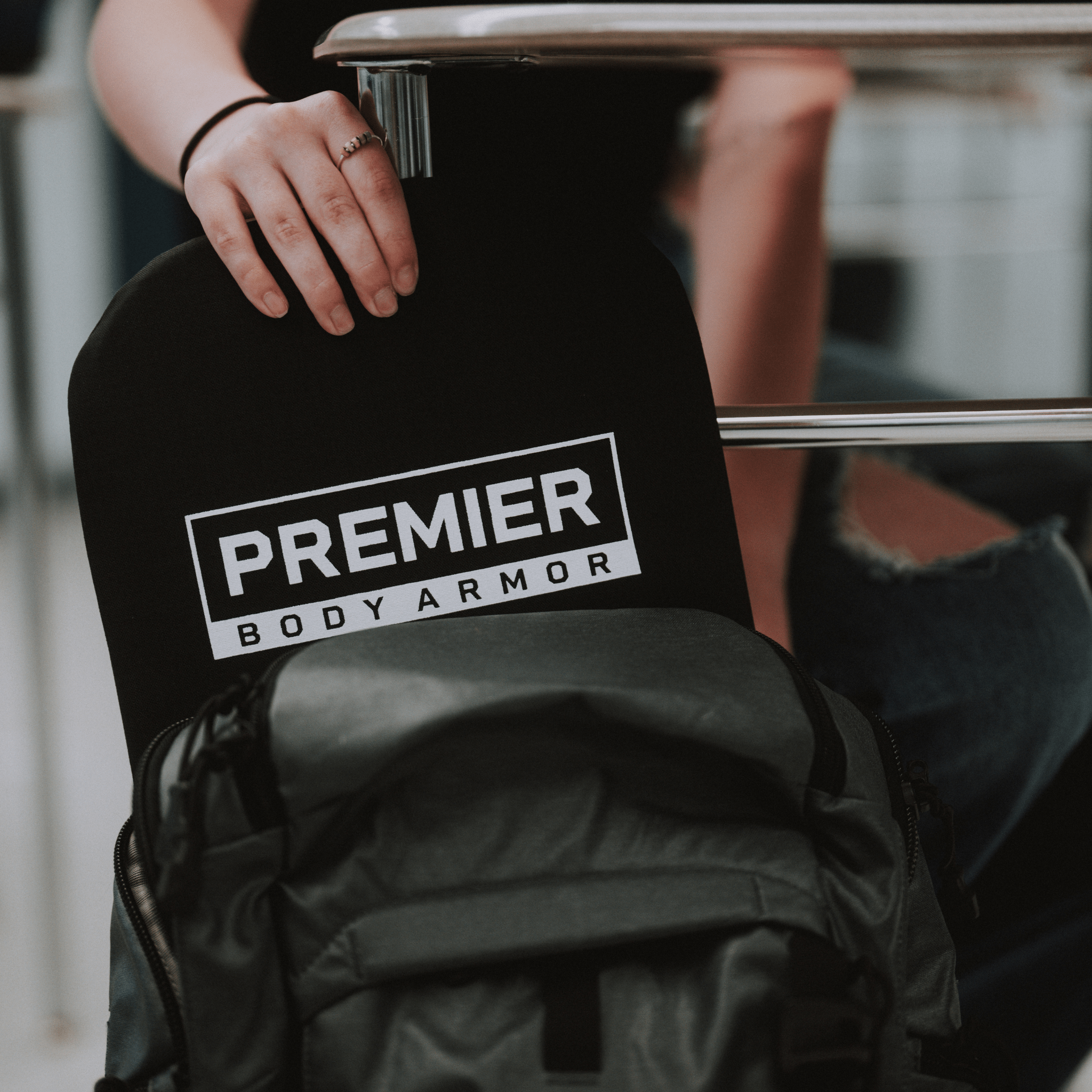
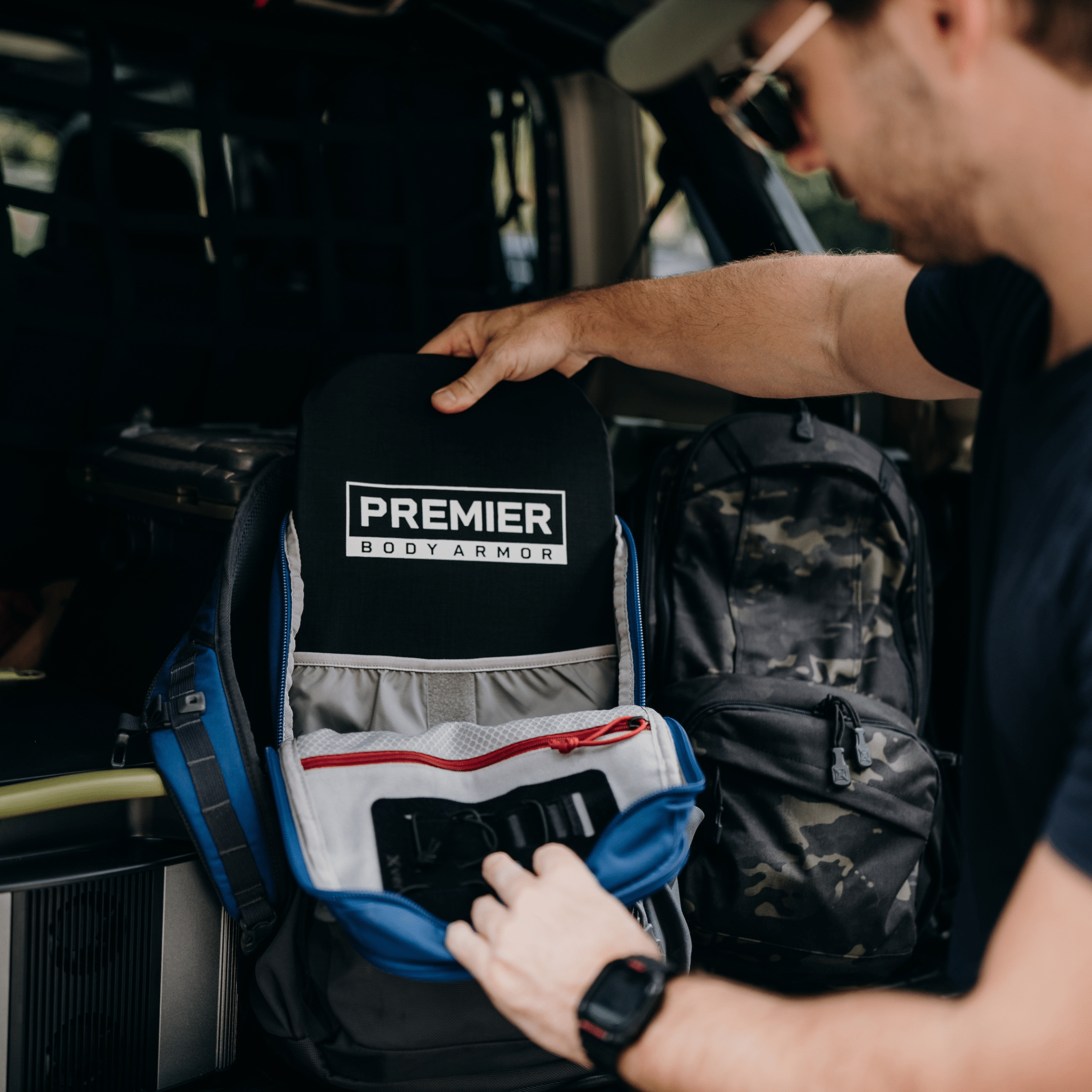
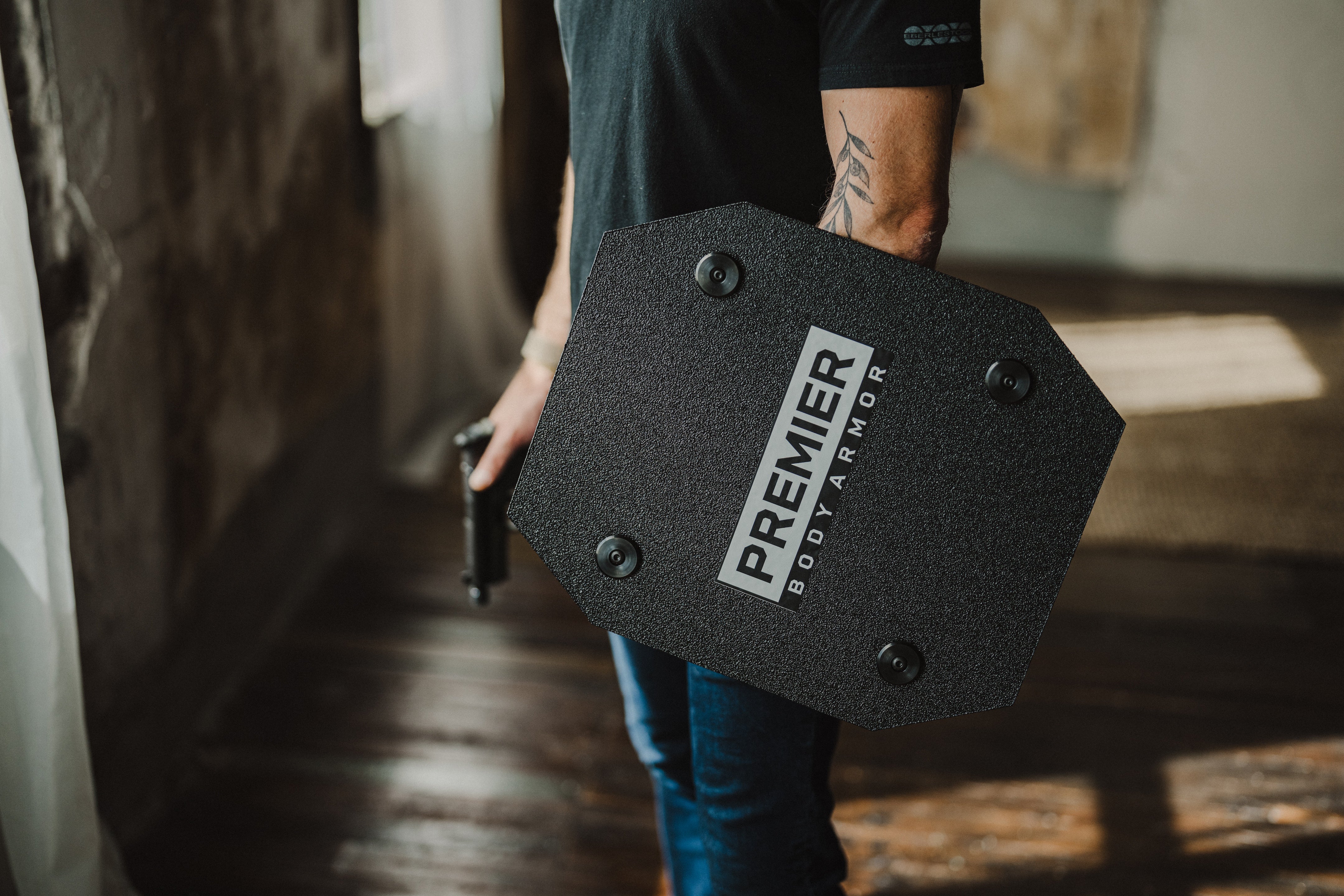




Leave a comment